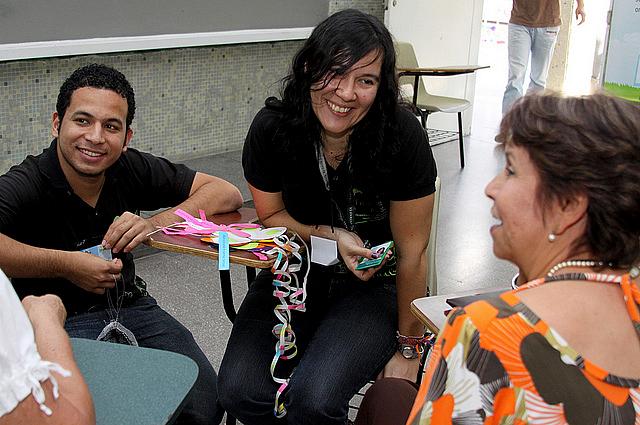Reporting on stigma and mental health needs in Calif.’s Latino communities

Mental illness seems to be a hot topic in the news. While we often see stories about it, not much attention is given to how the Latino community is faring.
Latinos show similar susceptibility as the general population — about one in five — but experience disparities in access and in the quality of treatment received, according to the National Alliance on Mental Health (NAMI). These disparities put Latinos at a higher risk for more severe and persistent forms of mental health conditions.
Common mental health disorders among Latinos include generalized anxiety disorder, major depression, post-traumatic stress disorder, and alcoholism. In addition, Latina high school girls have high rates of suicide attempts. Several sources cite major depression as the most debilitating health issue within the Latino community.
As a community in general, however, Latinos are less likely to seek help and receive the care they need.
It’s within that context that my 2016 California Fellowship project will explore how stigma, along with other factors, plays a role in the treatment of serious mental health conditions that affect Latinos living in the Inland Empire and Orange County.
I envision this Latino mental health project will result in a three-part series.
One part will help unpack terms used in the is project on mental illness (sadness, depression, stigma, mental distress, mental health, mental illness, etc.) based on research and interviews with academics, mental health professionals, patients and time spent reporting in the field. Ideally, I would speak to community health workers or other mental health professionals about how they explain these terms to patients. Also, I hope this piece will get the community prepared for the pieces to follow and generate interest in the topic.
In another piece, I’ll highlight individuals and families who suffer from a persistent serious mental health condition. This piece will include personal stories. It would also show, not tell, what living with a mental illness is like. Personal stories can be a powerful tool to help others realize how common mental illness is. Also, an individual who begins to view mental illness from a more educated lens can help lower the stigma associated with it.
The third piece will focus on prevention and treatment, explored in narrative form. I will choose several community-based efforts that help underserved Latino communities and include a fact box with a listing of local organizations and resources available to Spanish-speaking Latinos in the Inland Empire and Orange County regions. I would also like to cover holistic treatment and preventive measures that are culturally and linguistically appropriate — such as telephone-therapy, spirituality and home remedies.
While I feel like the topic is still way too broad, I am hoping to narrow my focus as I get further into my reporting. Perhaps I will begin to see trends in the communities I cover and highlight specific mental health conditions that are most salient, such as diabetes and depression, post-traumatic stress disorder among undocumented youth, postpartum depression or teenage suicide. I think the personal stories coupled with input from mental health professionals will help to guide me in the right direction. I want to make sure the three pieces are tied together with a common thread.
Throughout the series, I also want to address disparities in mental health care of U.S. Latinos with serious mental illness. My hope is that the stories will open up a discussion about Latino mental health so that my readers will know they are not alone.
[Photo by Saluda Programa de Salud via Flickr.]
